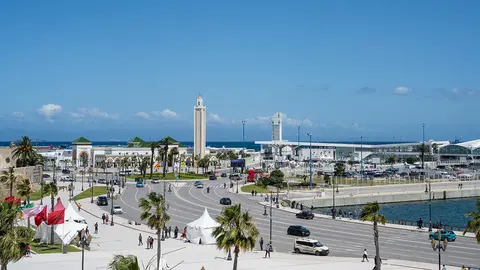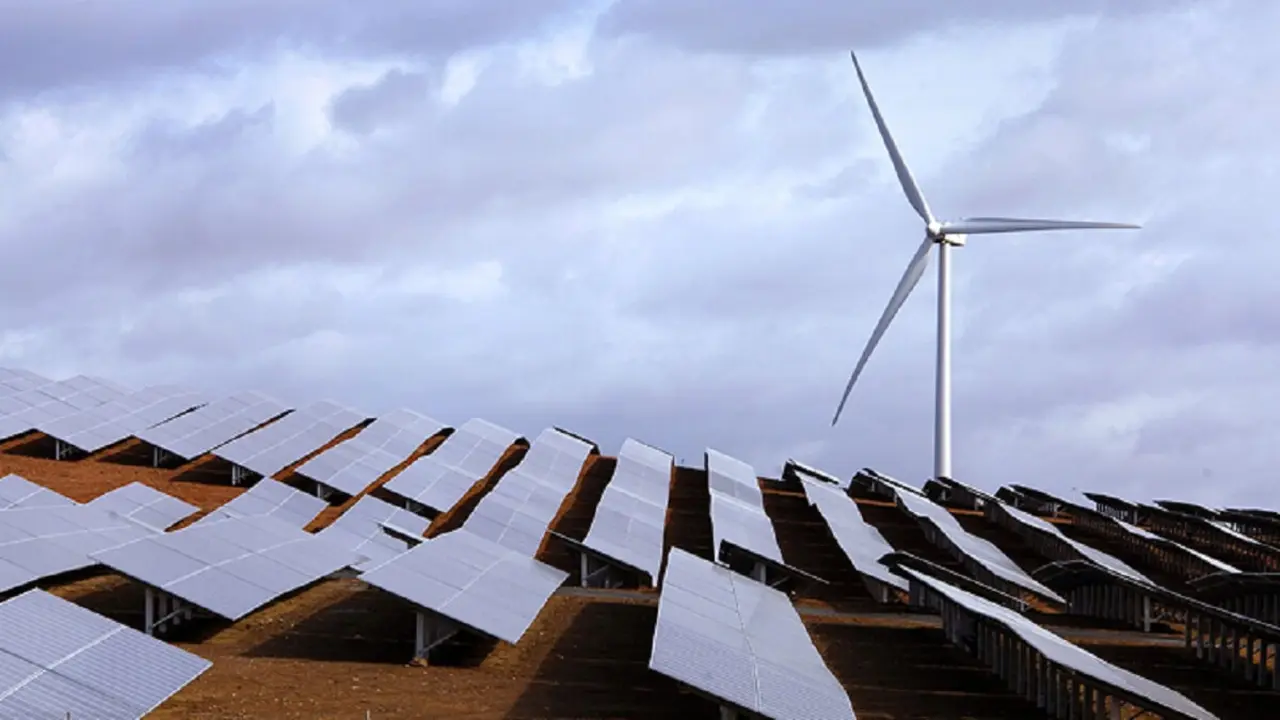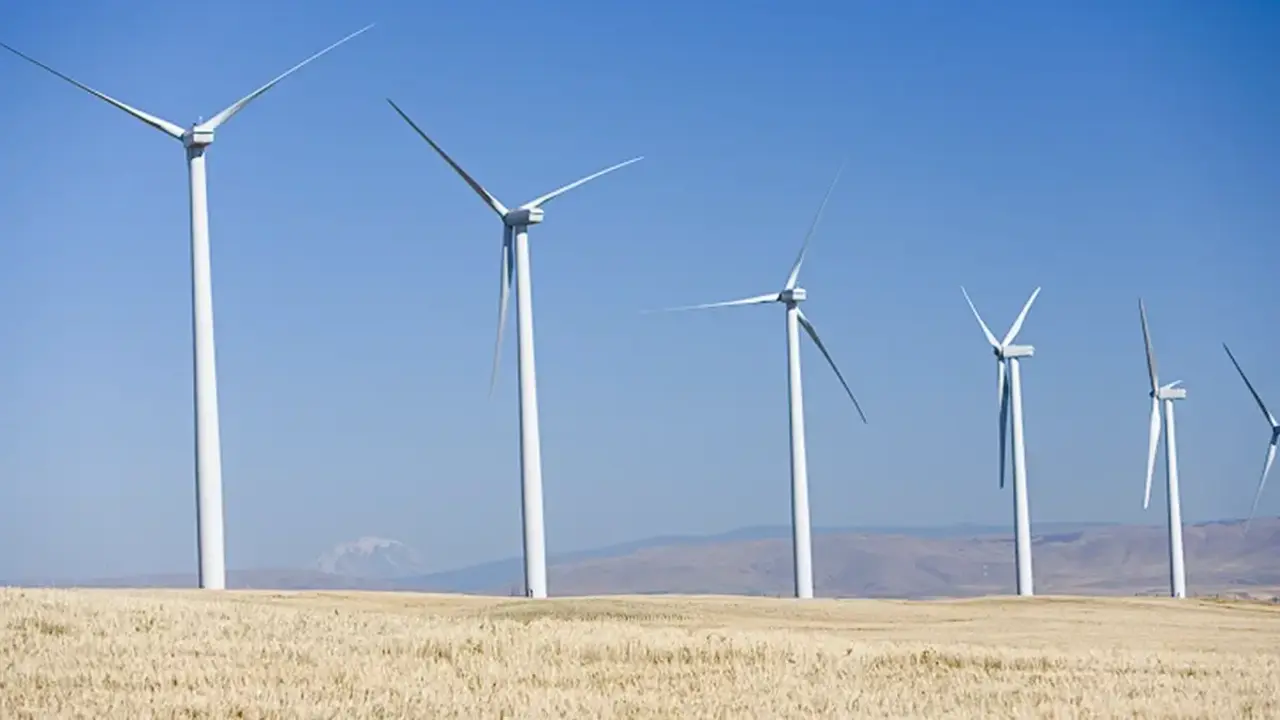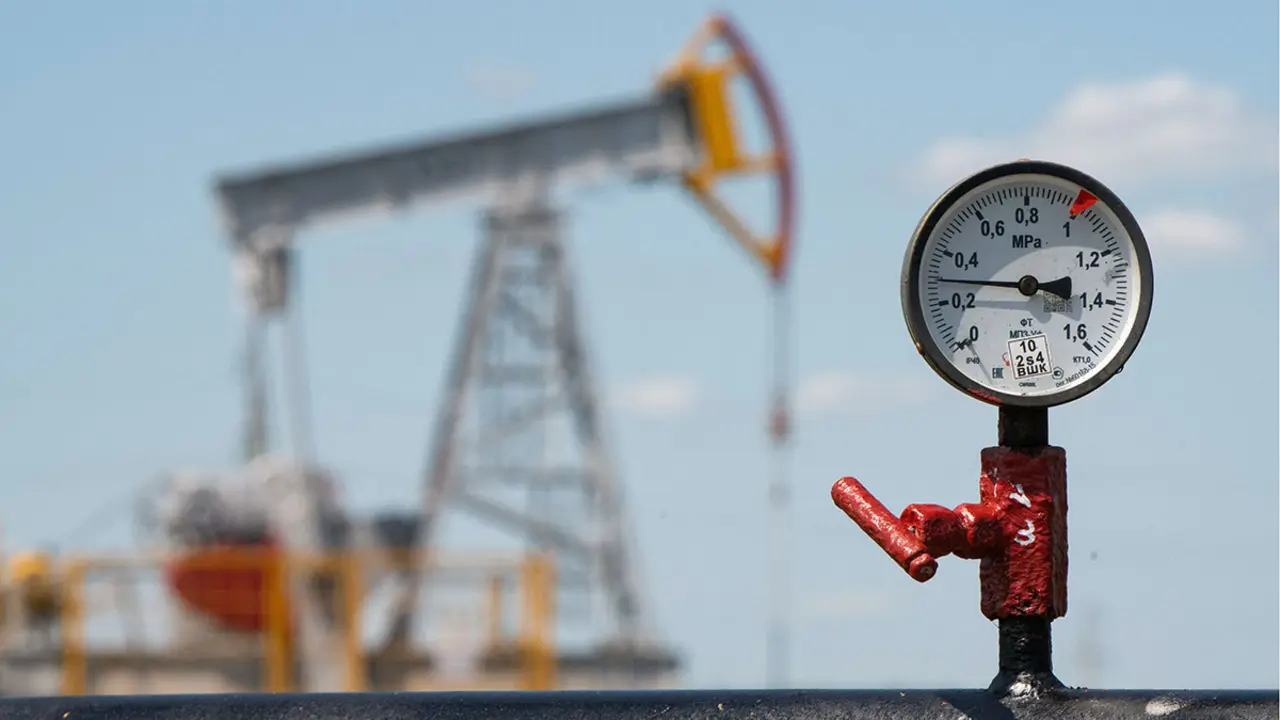Morocco breaks its tourism record with 17.4 million visitors in 2024
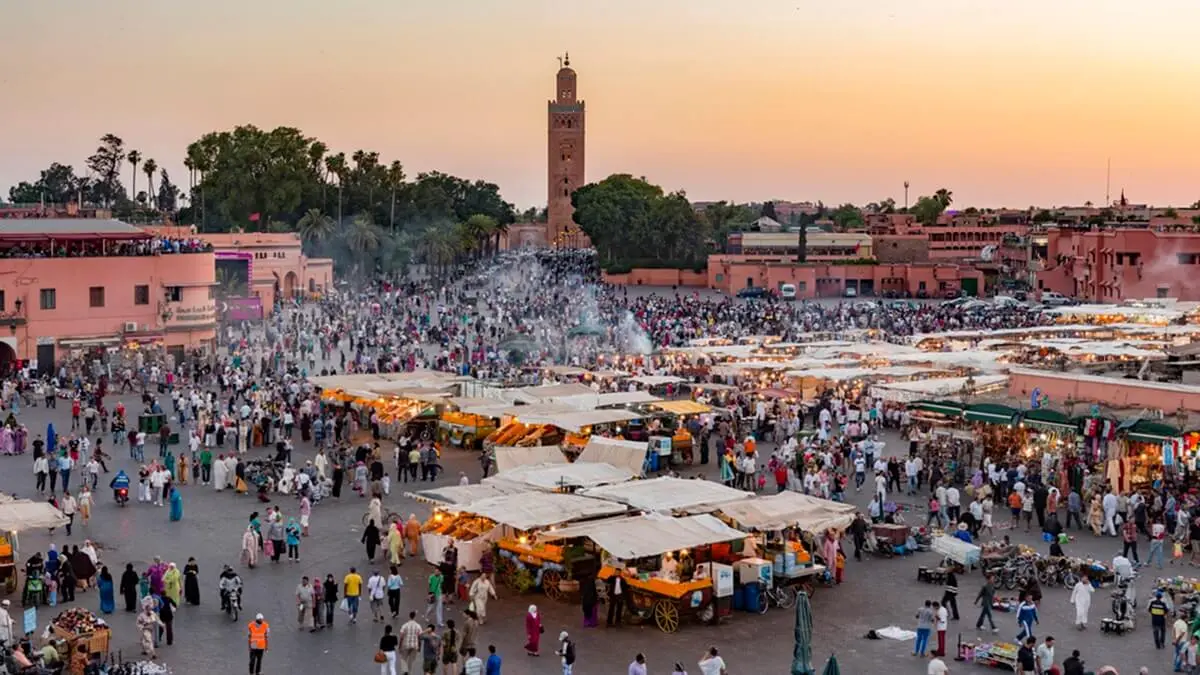
- Diversity in tourism
- Sustainable growth driven by a strategic vision
- A key economic driver and a promising future
The combination of strategic investments and international promotion have led Morocco to close the year 2024 with record numbers of tourists: 17.4 million visitors, according to the Ministry of Tourism. These figures have been reached two years earlier than expected.
Moroccan tourism accounted for 7% of the country's gross domestic product (GDP) in 2023 and generated around two million direct and indirect jobs.
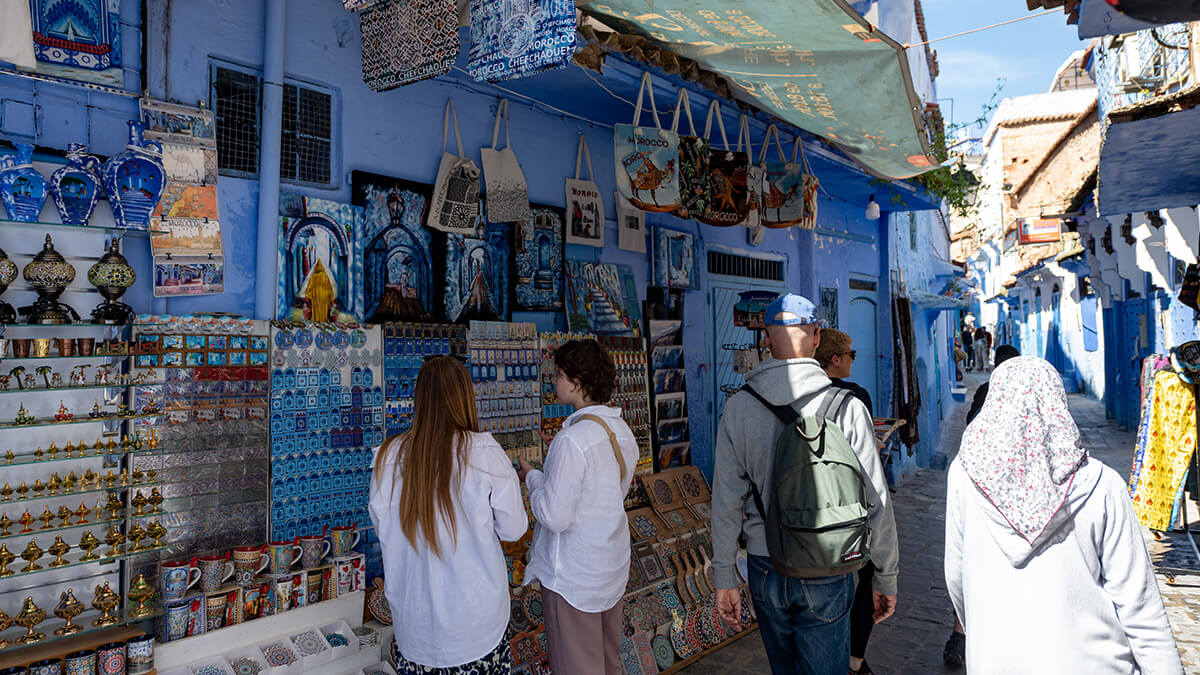
The sector is increasingly benefiting from improved air connectivity as the portfolio of destinations for both domestic and international airlines is growing. Agencies of all types serve airports across the country, with Royal Air Maroc, Iberia and Ryanair providing the broadest offer to their customers.
This record attendance comes as the country actively prepares to host the Africa Cup of Nations (CAN) later this year.
Diversity in tourism
Destination Morocco hits hard in 2024. Moroccan hospitality remains one of the foundations of the country's tourism success. Morocco offers a genuine experience that blends culture, gastronomy, and landscapes: from the souks of Marrakech and Fez to the unique natural landscapes of the Sahara Desert and the beaches of Agadir.
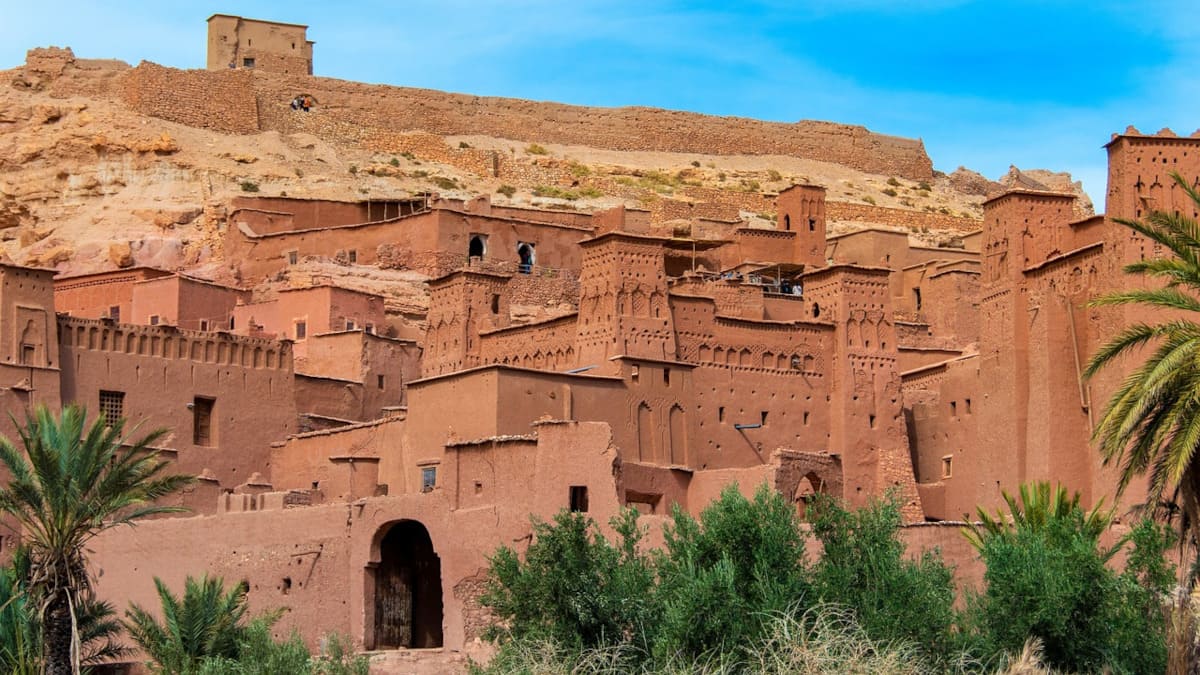
The results show a remarkable balance between Foreign Tourists (FT), who totalled 8.8 million (+23%), and Moroccans Resident Abroad (MRE), with 8.6 million (+17%). The even distribution between TES (51%) and MRE (49%) confirms Morocco's continued attractiveness for these two key segments. This balanced distribution is evidence not only of the country's attractiveness for international visitors, but also of the diaspora's strong ties with their homeland.
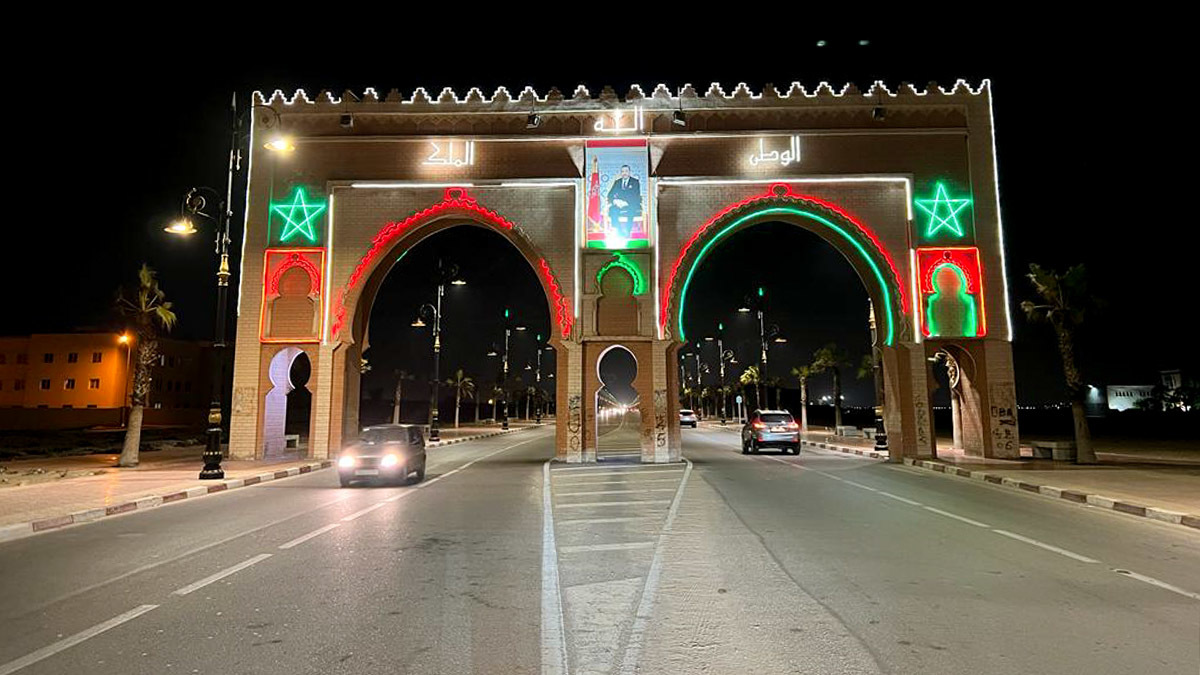
Sustainable growth driven by a strategic vision
This achievement, which exceeds pre-pandemic figures by 35%, confirms that the strategy followed by the Moroccan authorities was the right one. The mix of strategic investment, international promotion and unrivalled Moroccan hospitality has been essential in establishing this leading position in Africa.
‘This record 17.4 million demonstrates the considerable progress our country is experiencing under the enlightened vision of His Majesty King Mohammed VI. This exceptional performance is the result of targeted investments by our government in this vital sector of our country's economy,’ said Fatim-Zahra Ammor, Minister of Tourism, Handicrafts and Crafts.
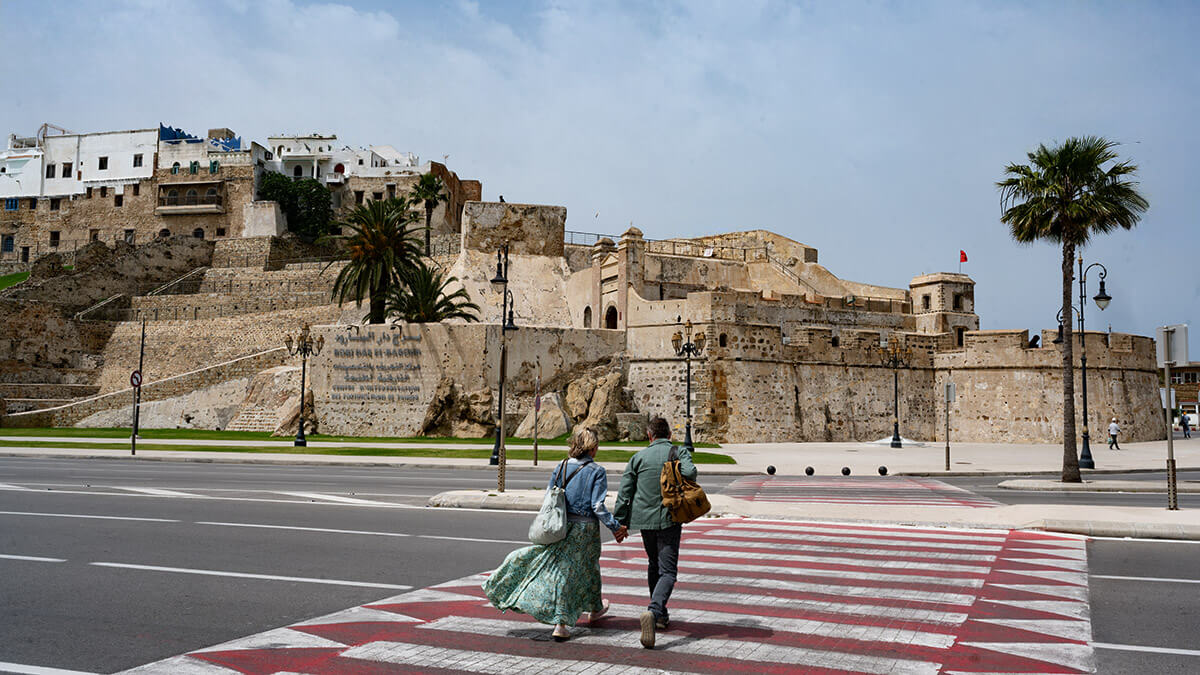
A key economic driver and a promising future
Tourism has positioned Morocco as an essential destination and represents a crucial sector for the country's economy. This record growth reinforces the role of tourism as a driver of employment and development, benefiting both large cities and rural communities.
Morocco's tourism progress in 2024 shows that the country has not only achieved its initial objectives but is ready to face new challenges in the future. The 2026 strategy promises to sustain this dynamic, positioning the country as a global model for sustainable and quality tourism. However, by 2030, when the World Cup will be held, Morocco expects to receive 26 million tourists annually.


